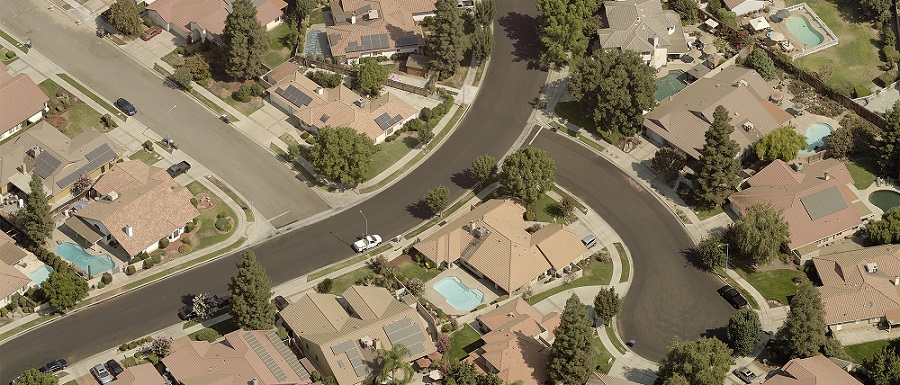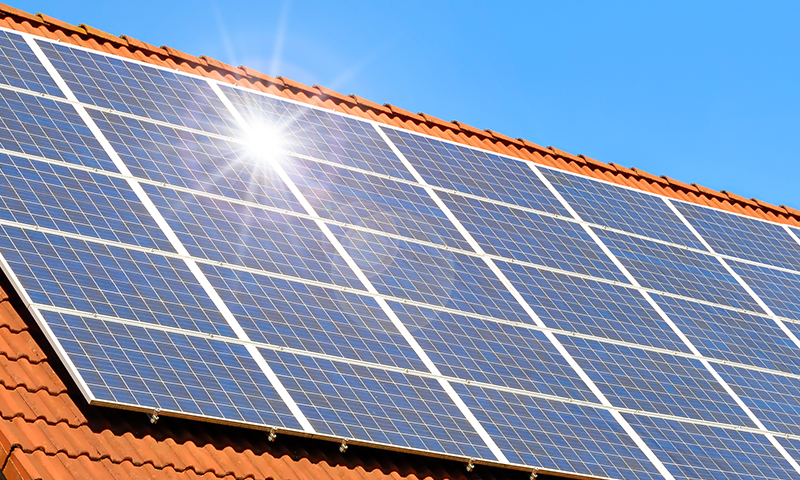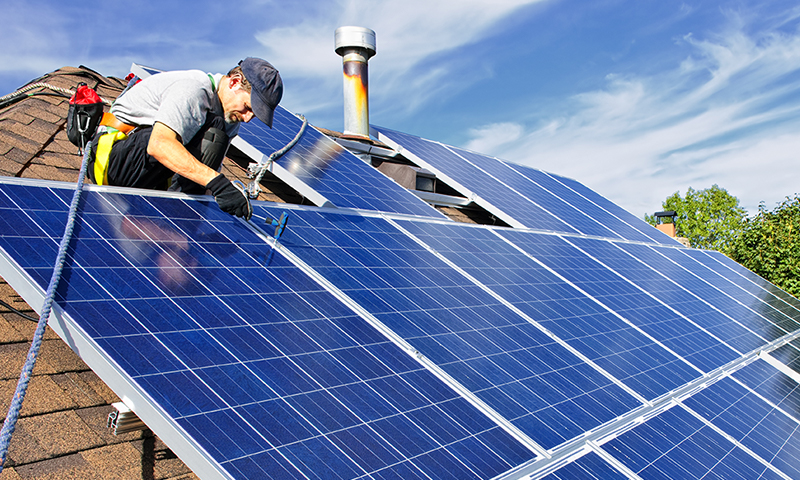Behind the Solar Tariffs: How to Stay Cost-Efficient

Last week, the solar community was buzzing after an announcement from the White House on January 22. Based on recommendations from the bipartisan U.S. International Trade Commission, President Trump issued a 30% year-one tariff on imported solar cells and modules past the first 2.5 gigawatts of cells.
After 2018, the tariff will fall to 25% in its second year, 20% in the third, and 15% in its fourth year.
A briefing from the Office of the U.S. Trade Representative (USTR) explains the declining solar cell production in the U.S. as well as growing global solar cell production industry in China.
“China’s share of global solar cell production skyrocketed from 7 percent in 2005 to 61 percent in 2012,” according to the USTR factsheet for the case. “China now dominates global supply chain capacity, accounting for nearly 70 percent of total planned global capacity expansions announced in the first half of 2017. China produces 60 percent of the world’s solar cells and 71 percent of solar modules.”
Meanwhile, as solar imports increased by 500% between 2012 and 2016, prices fell by as much as 60% for cells and panels, said the USTR factsheet. The agency reported that the United States saw 25 solar companies close their doors between 2012 and 2017, and many others moved their facilities or stopped production in the U.S.
The ITC determination found that such imports have caused “serious injury” to U.S. manufacturing. “Although the Commissioners could not agree on a single remedy to recommend,” the USTR said, “most of them favored an increase in duties with a carve-out for a specified quantity of imported cells.”
What does the solar industry have to say?
Industry analysts and solar businesses have had mixed reactions to the decision. American solar cell manufacturers have praised the move.
Researchers say the tariff may signal a reduction in the projected number of U.S. solar installations between 2018 and 2022. GTM Research revised its prediction from 68.9 cumulative gigawatts installed over the next five years to 61.3 gigawatts instead.
The Solar Energy Industries Association (SEIA) had pleaded in a letter to the President and other leaders to reconsider the tariff to protect jobs in the solar industry.
SEIA predicts that the move could “eliminate” up to 23,000 solar manufacturing jobs in the United States. Of the 38,000 solar manufacturing jobs in the U.S. by the end of 2016, just 2,000 made cells and panels, according to SEIA. The other 36,000 Americans manufacture solar accessories, such as metal racking systems, high-tech inverters, and machines to improve solar panel output.
Other analysts say that the tariff may have very little effect on American solar installations.
“U.S. manufacturer Solyndra, famous for going bust after being receiving large government loans, claimed to have been undercut by the flood of cheap panels from China,” said an op-ed piece on Bloomberg.com. “In 2012 and 2014, the U.S. government under President Barack Obama hit the Chinese solar industry with tariffs even higher than the one just announced by Trump. The European Union recently followed suit.” Furthermore, the tariff under Obama only affected China, where Trump’s tariff includes China and all other foreign producers.
What does the tariff mean for solar installers?
Right now, it may be too early to tell. But it’s always important for solar contractors—and small business owners, in particular—to make their operations as cost-effective as possible.
In 2016, EagleView released an eReport detailing the business trends of solar professionals in the United States. The report revealed the results of a survey of more than 200 solar industry professionals, including both residential and commercial solar installers.
Our survey found that solar photovoltaic (PV) system installers had to redesign systems at least once more than 75% of the time. Those change orders could cost as much $500 or more for just one job. In some cases, solar installers lost business because they didn’t have all the information they needed when the job had begun.
With tools like CONNECTExplorer™ and SunSite™ Reports from EagleView, sales and design professionals in the solar industry have all the information they need.
CONNECTExplorer gives users access to Pictometry® imagery from EagleView. Sales representatives can use this to prospect entire neighborhoods right from their desktops. This results in better-qualified leads and marketing efforts targeted at neighborhoods with more solar potential.
Before a job begins, designers need property measurements and details to construct an effective solar PV system. A SunSite report gives designers the precision and accuracy they need, with roof measurements, roof penetration locations, and azimuth calculations.
Having all the details about a project helps solar companies find the right customers and create informed designs, so there are fewer change orders later on. This in turn enables them to reduce their costs associated with acquisition and design.
Stay tuned for the 2018 solar trends report from EagleView to find out what’s going on in the solar industry.


